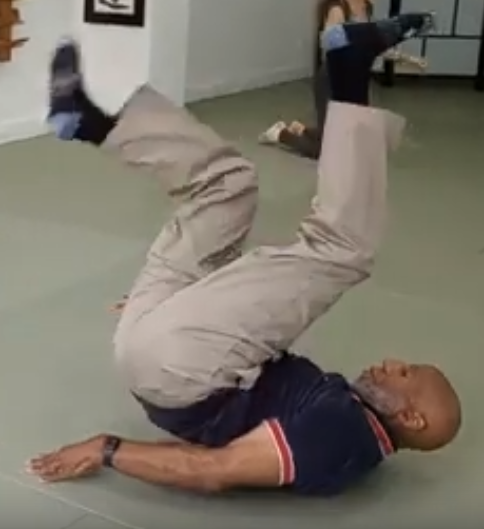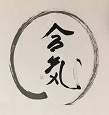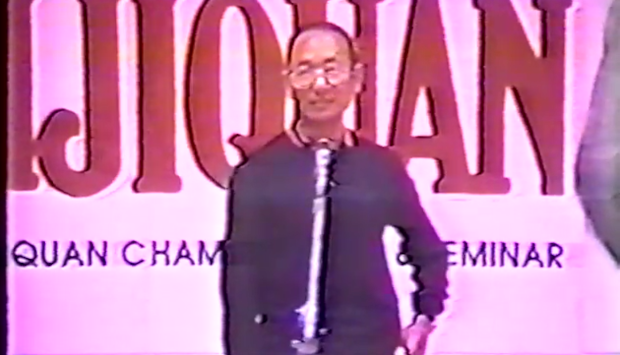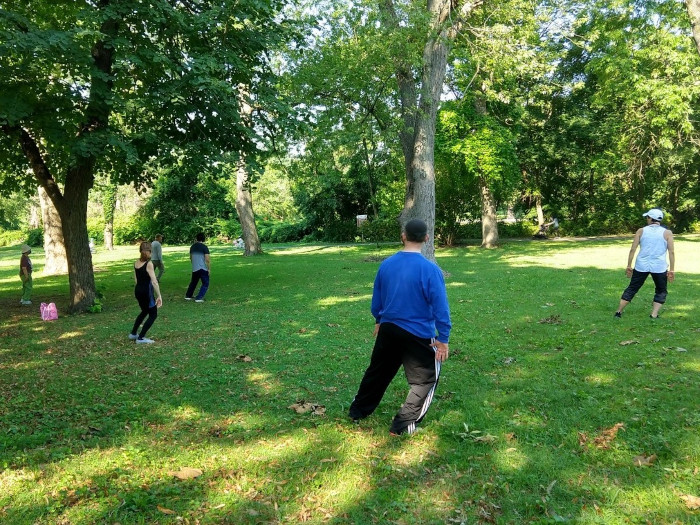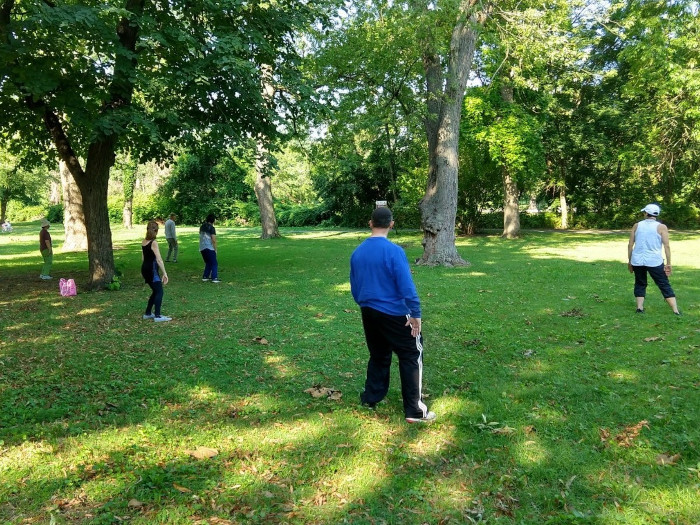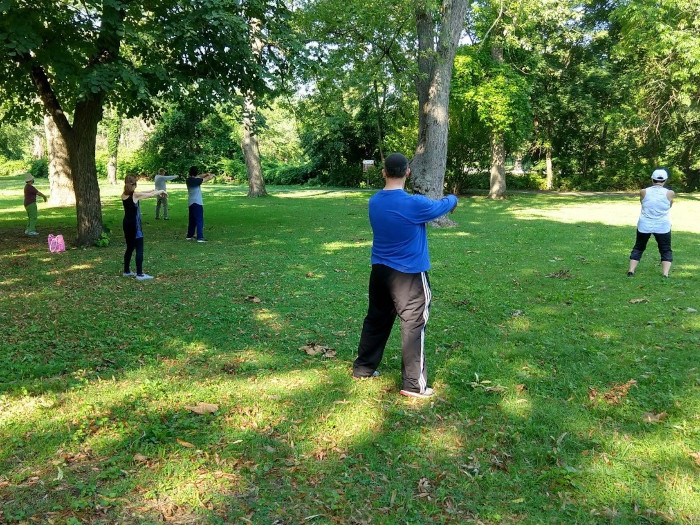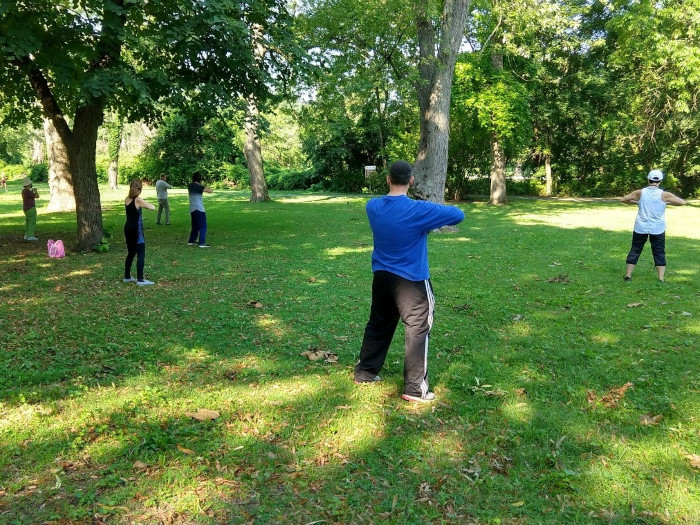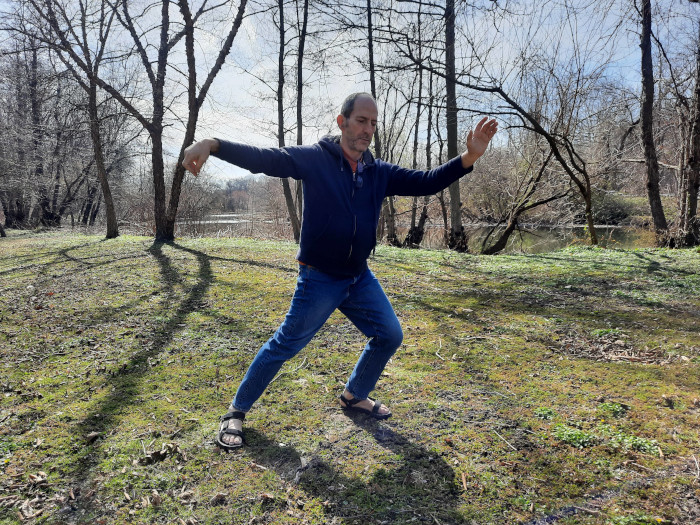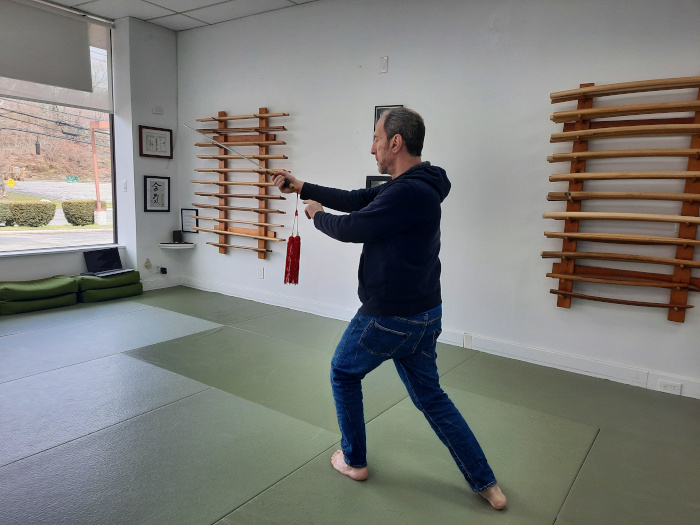Sabrina - mid 20's
What I found doing aikido and tai chi for over two years now was the perfect balance of working out the body and mind. I feel stronger, healthier, and more confident. Starting anything can be very intimidating, especially a martial art. I had never done a martial art before but I realized it's more than just a fitness class...The cross training of tai chi and aikido has helped me strengthen my body and root myself to the ground...
George - 70
The Tai Chi classes help with balance, coordination, and perseverance. Steve, who teaches Tai Chi, also has extensive experience in the martial arts. He adds additional insights to Tai Chi by relating the movements to their martial arts origins...I also attend the Hatha Yoga classes at Still Minds conducted by Matt. These Yoga classes are physically invigorating and are certain to lift your spirits. Matt tunes each of his classes to match, with just the right amount of stretch, the capabilities of the students.
Jose - age 50
...I am an osteopathic physician with a holistic traditional osteopath practice in which I have been practicing and deepening my understanding of osteopathy at many levels for almost 2 decades. In this realm, I treat patients at many different levels which may include at a boney level, muscle level, fascial level, fluid level, energetic level, spiritual level or more. Many times in our aikido practice, I have mentioned to Sensei, that he is talking and living osteopathy…of life. You see, it seems to understand aikido or osteopathy, we should be living life and understanding life's preciousness and value...


